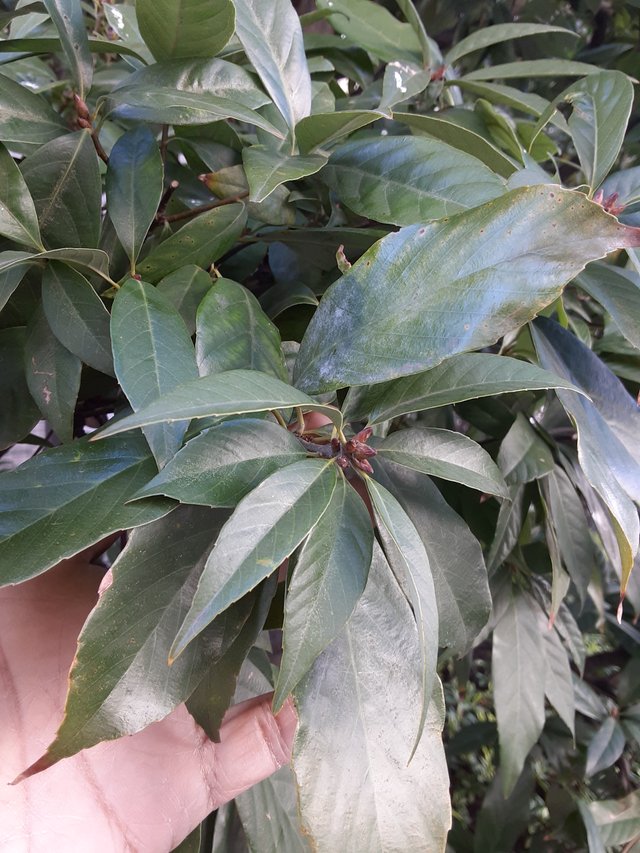
Quercus glauca, also commonly known as the Japanese blue oak, ring-cupped oak, or evergreen oak, is a beautiful small to medium-sized evergreen tree native to East Asia, particularly in regions stretching from the western Himalayas in Afghanistan to western Japan.
Leaves of Quercus glauca:
- Shape and Size: The leaves of Quercus glauca are known for their distinct appearance. They are oblong to elliptic in shape, with a pointed tip (acuminate apex) and a broad,楔形 (xiē xíng) wedge-shaped base (broadly cuneate). The leaves typically range from 6 to 13 centimeters long and 2 to 5 centimeters wide.
- Coloration: One of the most striking features of Quercus glauca leaves is their two-toned coloration. The upper surface boasts a glossy, dark green hue. In contrast, the lower surface showcases a beautiful glaucous blue-green color, which gives the tree its common name.
- Leaf Margin: The leaf margins of Quercus glauca are not smooth. They are typically serrated, meaning they have a sawtooth-like edge, particularly near the apex (upper half) of the leaf.
- Young Leaves: New leaves on Quercus glauca emerge with a vibrant and sometimes contrasting color compared to mature leaves. They can be rich green, bronze, or even purplish-green, adding a touch of dynamism to the tree's appearance.
Overall, the leaves of Quercus glauca contribute significantly to the ornamental value of the tree. Their unique combination of shape, color, and texture makes them a captivating sight.
Ref.:
 |  |
Upvoted! Thank you for supporting witness @jswit.
Downvoting a post can decrease pending rewards and make it less visible. Common reasons:
Submit